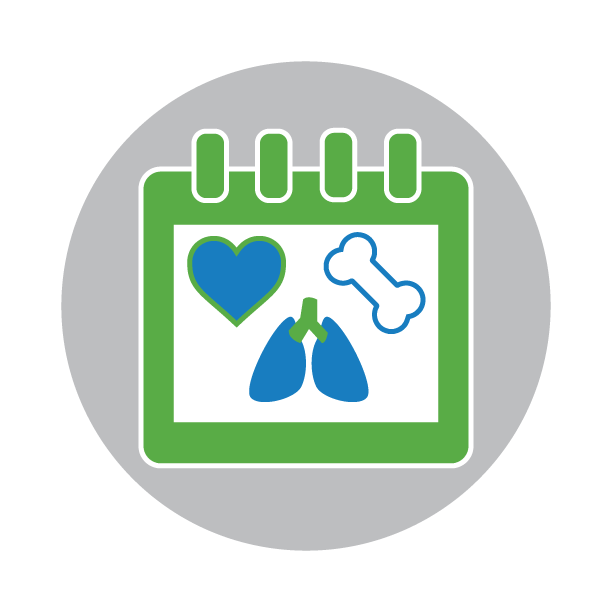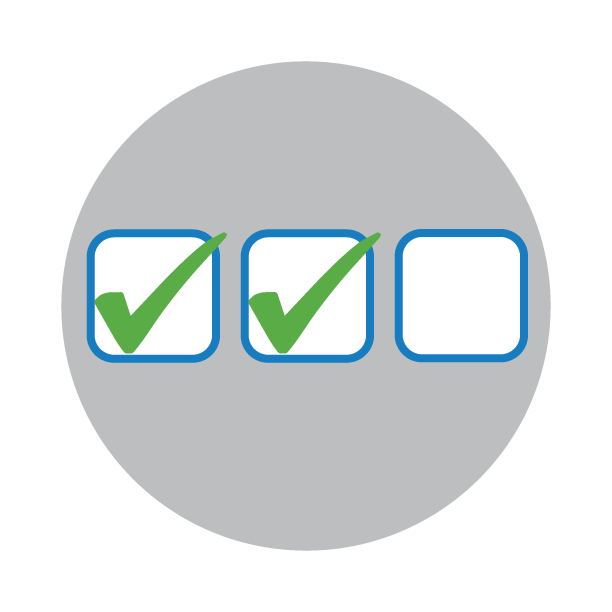Who Patients Want
At the core of MDfit is one guiding question: “Who is the ideal provider for each patient?” We use a combination of provider preferences, patient restrictions, clinical history, and health organization requirements to schedule the right appointment for each patient.
Your patients benefit from knowing they are scheduled with the best provider for their condition and preferences. Your providers benefit from always seeing patients appropriate for their clinical scope of practice. Your organization benefits by scheduling across departments and specialties, eliminating wasted resources when patients are seen by the wrong provider.
MDfit uses a complex “best-fit” algorithm to create a prioritized list of providers for each patient based on their needs and preferences.
When It Matters
By solving the provider to patient search & match problem, MDfit enables every scheduler and concierge to quickly handle all common appointment related questions a patient may have.
Less than a third of the top U.S. hospitals and health systems are able to answer the simple patient posed question: “who is the best provider to treat my clinical condition?” MDfit allows you to answer this and hundreds of other common patient questions when it matters most.
MDfit enables you to quickly and accurately identify and schedule the ideal provider for each patient every time.
550+
Matches per Hour
1100000+
Data Factors
2100+
Common Conditions Treated per Month
180+
Specialties Included
MDfit considers hundreds of thousands of data points when matching a patient to a provider. Common data, such as insurance eligibility and geospatial location information are included. Lay terminology for treated clinical conditions and concepts are linked within MDfit for every clinical specialty. Provider spoken languages, board certifications, age groups seen, and extensive patient preferences are included. Scheduling data and appointment types are considered. These and many more go into the data intensive process of matching the right provider for each patient.











